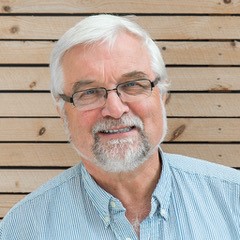B-1066: Classification of mortalities in salmonid aquaculture according to causality
Presenter: Dr. Paul J. Midtlyng
Date: March 24, 2023 Time: 02:00 PM UTC
CEPD credits are available for this event
Costs for training: Free to full members, Free to student members, Non member/guest: $15
Already a WAVMA member?
Log in to your account
Not a WAVMA member?
Create a guest account to access this course
with more information about what it means to sign up as a WAVMA member.
More about this event
Synopsis:
The lecture presents a new system for classification and real-time monitoring of mortality and losses in industrial salmon culture. Inspired by the longstanding “International Classification of Disease” code in human medicine, the system uses the underlying cause of death as the principal variable to record daily. The proposed classification code has a 3-level hierarchical structure: six main causal categories, causal subcategories at level 2, and specified causes of death at level three. The hierarchy allows both recording and reporting of data at all three levels, including recording unknown or unspecified causes of death at level one and two.
Learning Objectives:
- Understanding the need for causality assignment
- Know the 6 main causal categories
- How to record unknown or unspecified causes
Speaker Bio:
Born in 1953, I completed my veterinary degree in Hannover, Germany, before returning to Norway in 1983 to work with diseases during the startup of commercial salmon farming. After 6 years of diagnostic and regulatory experience to control new bacterial (furunculosis, cold water vibriosis) and viral (ISA) infections, I became involved with a large-scale field trial to evaluate more than 10 vaccine prototypes against furunculosis, that devastated the young industry. Fortunately, one out of the tested formulations (oil adjuvanted bacterins) was highly effective to protect against the disease, leading to rapid uptake of mass vaccination to control a majority of the endemic infections. Since then, I have continued to focus on a diversity of aspects of disease control in fish farming such as vaccination, zoo-sanitary strategies, and breeding for disease resistance. Most of my experience is derived from applied research such as experimental and field trials, strategies and tactics for infectious disease control, and epidemiology. After taking retirement from the Faculty of Veterinary Medicine in Oslo, I am currently running my family-owned company offering consulting and contract research services for fish health in aquaculture.
